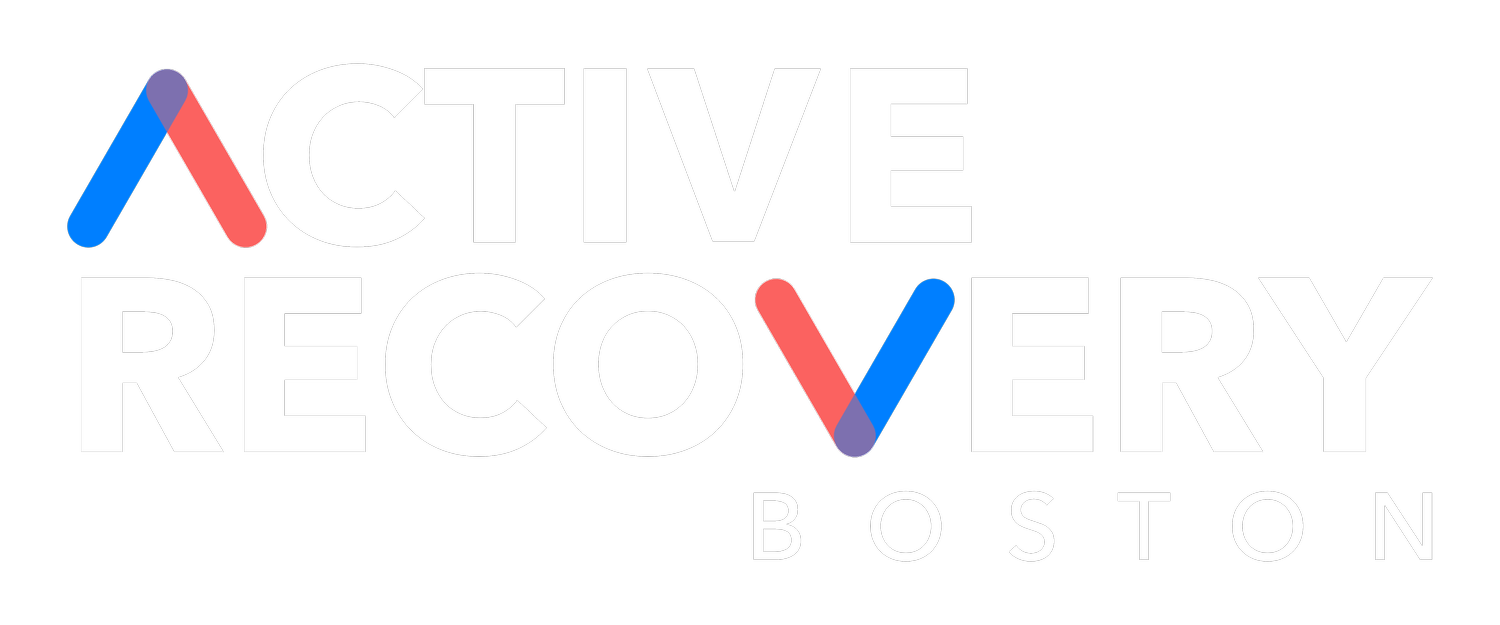Throwing a softball or baseball with precision, power, and speed requires a complex series of coordinated movements that engage various muscle groups throughout the body. Proper mechanics are essential not only for optimal performance but also for injury prevention. If you’re experiencing pain while throwing or simply want to fine-tune your technique, reach out to the sports medicine team at Active Recovery Boston. Dr. Kate Kelly, herself, was a division three softball player at Clark University and held the highest season batting average for many years.
Why Choose Active Recovery Boston for Throwing Biomechanics
Dr. Kate Kelly and the staff of docs and sports rehab specialists at ARB are highly regarded as proficient experts in the field of sports medicine, specializing in biomechanics of throwing in softball and baseball athletes. They have the knowledge and skills necessary to:
Analyze your current throwing mechanics
Identify any areas of restriction or imbalance
Develop a personalized treatment plan to improve range of motion and reduce pain
Provide ongoing support as you work towards your goals
Understanding the Biomechanics of Throwing
To better comprehend how the docs and sports rehab specialists at Active Recovery Boston can assist you, it's important to first understand the biomechanics of throwing a softball or baseball. The entire process can be broken down into distinct biomechanical phases:
Wind-up: This phase prepares your body for the throw by shifting your weight and creating torque in your trunk.
Stride: As you step forward with your lead leg, your hips begin to rotate, and your throwing arm starts to move into position.
Arm cocking: Your throwing arm reaches its maximum external rotation as you continue to rotate your hips and torso, storing energy for the throw.
Arm acceleration: Your trunk and hips reach peak rotation as your arm accelerates forward, releasing the stored energy into the ball.
Arm deceleration: After ball release, your core and arm stabilizers muscles work together to slow down your arm and protect it from injury.
Follow-through: Your body completes its rotation, allowing you to maintain balance and prepare for the next play.
An issue with any one of these phases can lead to pain, restricted movement, or suboptimal performance. The docs at ARB have expertise in identifying and addressing these issues and will ensure that you receive targeted treatment aimed at improving your overall throwing mechanics.
A Comprehensive Approach to Treatment
At Active Recovery Boston, Dr. Kate Kelly and her team uses a multi-faceted approach when diagnosing and treating clients seeking improvement in their throwing biomechanics. Her methods include:
Movement Assessments: Observe your throwing mechanics to pinpoint areas of concern and develop a tailored plan for improvement.
Hands-On Therapy: Techniques such as soft tissue mobilization, joint manipulation, and muscle release techniques may be employed to address restrictions and imbalances in the body.
Neuromuscular Exercise Prescription: Provide you with a customized exercise program designed to strengthen weak or underactive muscles, improve flexibility, and enhance coordination.
Educational Support: Offer guidance on proper technique, injury prevention, and ways to continue making progress outside of your sessions.
This comprehensive approach ensures that every aspect of your throwing biomechanics is addressed to help you reach your performance goals and eliminate pain.
Take the First Step Towards Improved Performance
If you're ready to optimize your throwing biomechanics and take your softball or baseball performance to new heights, don't hesitate to schedule a consultation with Dr. Kate Kelly and her team of docs and sports rehab specialists at Active Recovery Boston located at 82 Emmons Street in Franklin MA or 55 Court Street in the heart of Boston, MA. Our facility can be reached by phone at 617-423-3370 or you can visit our website to schedule an appointment.

